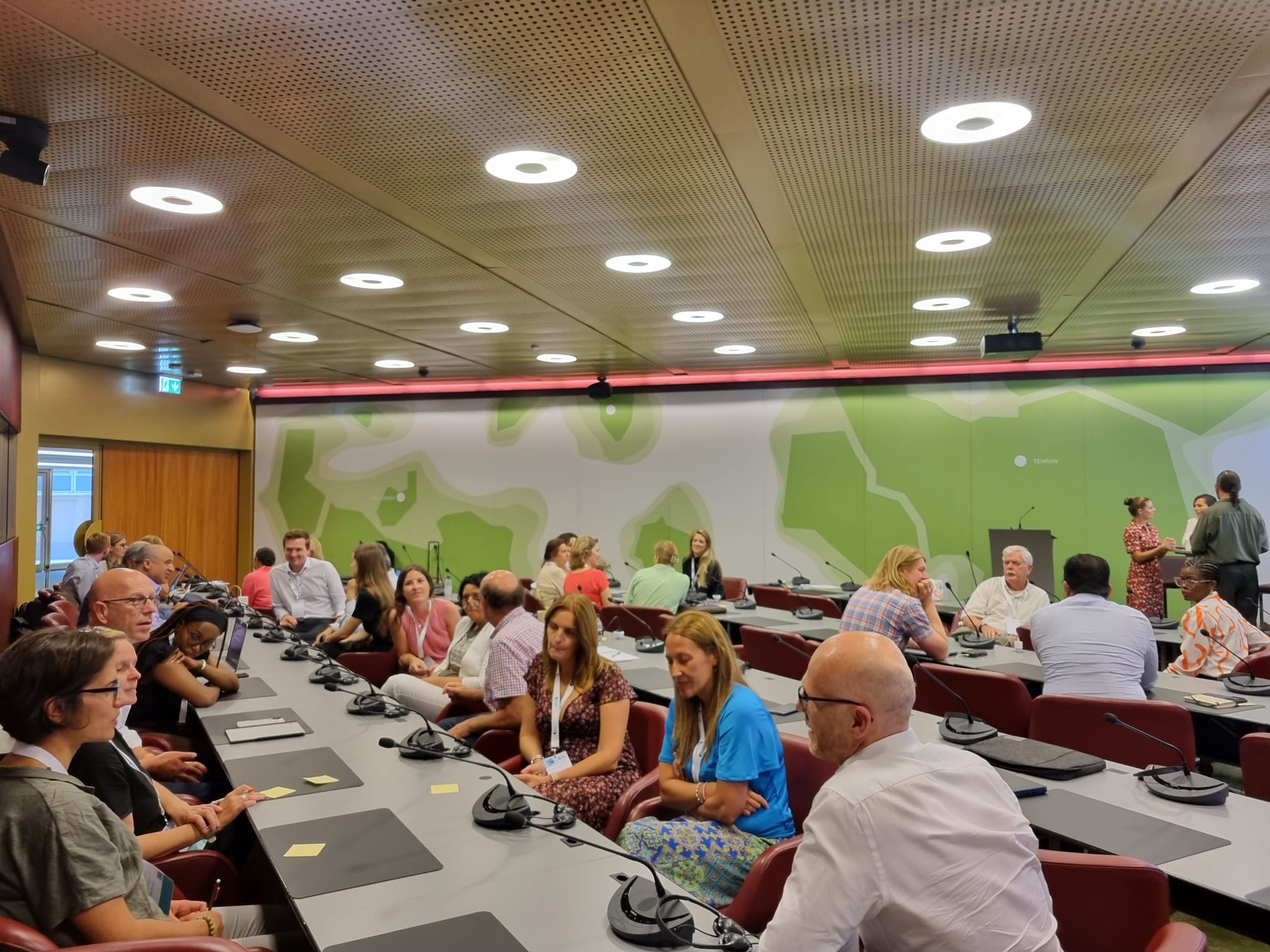Well-designed health devices can save human lives. However, they also make a large contribution to the expanding quantity of global (e-)waste and thus climate change, which the WHO describes as “the biggest health threat facing humanity”. Circular strategies for these devices, such as reuse, recycling, and remanufacturing promise much but are difficult to create and implement.
The Horizon Europe funded Digital Health in the Circular Economy (DiCE) project aims to extend digital healthcare product lifetime as far as possible. It will focus on testing and piloting solutions for a product’s end-of-life. The project will take into consideration circular design, state-of-the-art refurbishment, remanufacturing and recycling technology that could allow maximum recovery of the product, its components and, when reuse options are no longer available, its materials.
TU Delft leads the circular design research team in DiCE. This team will develop an inventory of best practices for circularity in digital health devices; develop and test circular design prototypes for the four focus products in the project (e-paper label, endo-cutter, smart pill box and a smart wearable sensor); and ultimately develop and validate a set of design guidelines for developing circular digital health devices in the future. As one of its first activities in DiCE, TU Delft aimed to uncover why circularity is so challenging for digital healthcare devices. PhD candidate, Tamara Hoveling tells us more.
Expert interviews with, among others, healthcare professionals, medical device manufacturers, decontamination experts and those involved in hospital procurement, alongside a literature review, led to some interesting initial findings.
Compared to non-health sectors, healthcare deals with higher levels of safety risks and regulatory constraints. Yet it is questionable whether circularity actually jeopardises safety and regulations, or this is just a perception. Infections caused by inadequately decontaminated devices are extremely rare, and regulations could potentially serve as an opportunity instead of being a barrier.
In addition to the anticipated findings, such as the difficulty to move away from linear norms, the need for good circular business models, and global market boundaries, some other points stood out. One important question expressed in the interviews is, who is responsible for the circular transition of health devices? It seems that stakeholders are quick to blame others for non-circular practices, and manufacturers are uncertain who has ownership of the devices at the end of their use cycle. The issues of responsibility and ownership need addressing to help smooth the path for returning items for reuse and remanufacturing.
Another important finding concerns the barriers related to the collection and separation of the devices after use; collection is crucial to any circular strategy. As one of the interviewees stated, “If no one returns the appliances, you’re not making progress”. Collection and separation were mentioned as the most important barriers to circularity in multiple interviews. The challenges DiCE faces are how to categorise devices to collect them based on circular strategies; how to develop collection routes that work well in the healthcare domain; and how to motivate users to make use of those collection routes.
It is clear that there are still many questions to be answered before DiCE can begin to design new, circular devices for healthcare. Great circular design does unfortunately not equal circular practices; but a well-developed circular product-service system does. This is why other partners in DiCE are addressing the challenges of consumer behaviour, collection and logistics, so that by the end of the project in 2026, a full roadmap for the circularity of health devices will be delivered that could also be replicated in other sectors.
The next step for the TU Delft team is to create an overview of the worldwide best circular practices for digital health devices. By doing so, the opportunities to overcome the barriers to circularity can be defined. Having a clear overview of these barriers and opportunities will help set up an initial list of circular design requirements, which will allow the TU Delft team to undertake (re)design case studies. The four digital health devices that are the focus of DiCE will then be redesigned for circularity. Findings from these case studies will be used to create a final, fully validated circular design guide for digital health devices by the end of the DiCE project.






